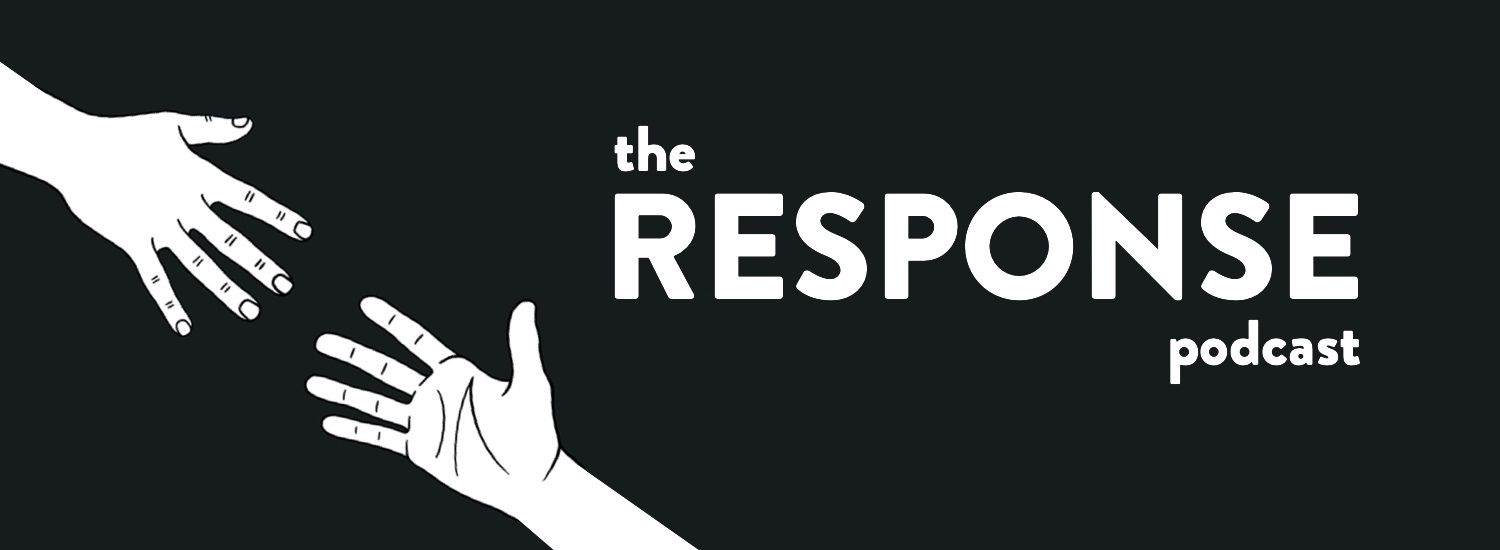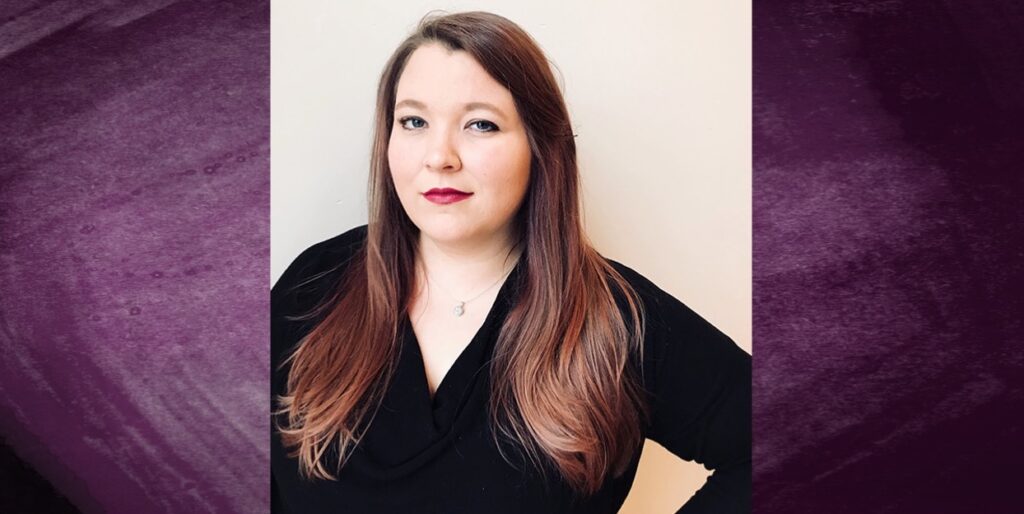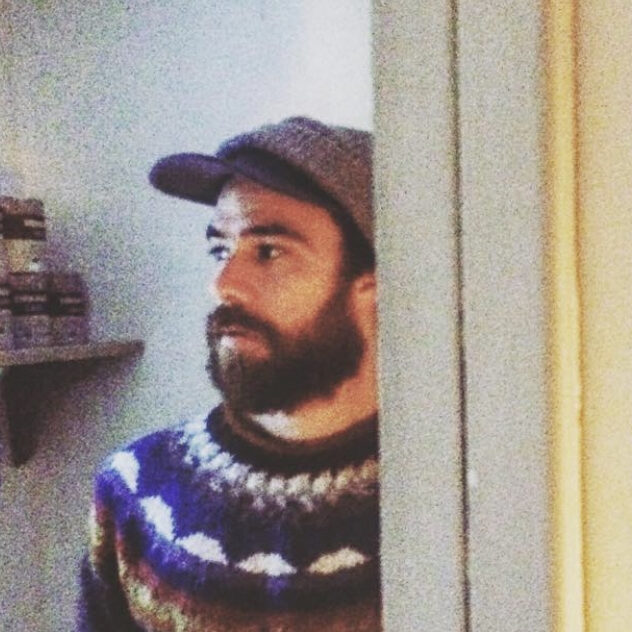When discussing climate change these days, it’s no longer suitable to simply imagine its impacts on “future generations.” It’s also not exactly appropriate to imagine the result of climate change as being some kind of apocalyptic, end-of-the-world scenario. Climate change is happening right now, and its impacts are going to absolutely devastate some communities while leaving others relatively intact.
Of course, there are a number of environmental and geographic factors that will determine how impacts are spread, but perhaps the most important factors are things like class, race, gender, or immigration status. The human rights community has come up with a term for this phenomenon — “climate apartheid.”
In this Q&A Shareable contributor Robert Raymond spoke with Dr. Samantha Montano, an assistant professor of Emergency Management & Disaster Science at the University of Nebraska, Omaha. Dr. Montano’s research focuses on a wide scope of topics within the field of emergency management, including community organizing, emergent groups (particularly during recovery), preparedness for recovery, and disaster volunteerism.
Robert Raymond: One of the main themes that we try to unpack in our documentaries is the idea of disaster collectivism — how community response to disasters is almost often marked by unique forms of solidarity and kindness. We focus particularly on vulnerable communities that are impacted disproportionately by disasters — communities that don’t have access to adequate relief and recovery resources. We saw disaster collectivism in play during Hurricane Katrina in New Orleans, and we’ve produced episodes [of The Response podcast] on Occupy Sandy in the Rockaways and the Mutual Aid Centers that popped up all over Puerto Rico after Hurricane Maria, for example. I’m wondering if there are any examples of disaster collectivism that you find especially compelling or inspiring?
Dr. Samantha Montano: The area that I specialize in within emergency management is disaster volunteerism and nonprofit involvement in emergency management, particularly during response and recovery efforts. So these are exactly the types of groups that I’ve spent a lot of time talking to. And honestly, all of them are compelling and inspiring to me. It’s difficult to pick one. I think it’s useful for people to know that this coming together of different groups — oftentimes spontaneously and by improvising a response to a disaster — this happens during every single disaster. This is a worldwide phenomenon that happens. It’s tied to how humans react to disasters — we’re prosocial in how we respond. When a disaster happens, we turn to one another, we help one another. And so really, these groups that you mentioned, they are a product of that human behavior.
I also think it’s also important to reflect on the way that our approach to emergency management has evolved over the past hundred years in this country. The more formal emergency management system that we have of aid through government is by design limited. The approach from the federal government is to be as limited in their involvement as possible. This runs counter to what the general public wants, because when a disaster happens, you want government to come in and help and address the needs in your community to get the roads back up and running, for example, or to get electricity turned back on, to get people back in their homes. There is a real mismatch between what the goal of government is, especially the federal government, when a disaster happens, and what the public perceives that role to be.
Furthermore, we also have to think about the history of this system and how it was designed and importantly, who it was designed for. Our emergency management system really dates back to the civil defense era in the 1950s, and it was really designed for a traditionally nuclear, white, middle class American family — that was who was in mind when it was created, and the people who were creating it were from that demographic. And so the way they conceptualized what it means to help before, during and after disasters comes from that mindset. And of course, it wasn’t true at the time and especially isn’t true now, that’s not what the American public looks like. We’re not all white middle class nuclear families. So that’s another way that we really start seeing certain groups of people having way more needs than other groups during disaster. And we see that there’s an inability of that formal system to really address those needs. It’s in those instances that I think we more clearly see groups like Occupy Sandy and whoever else come to the forefront as they work with people that are in those demographics.
The way you describe your interests in the bio on your blog is interesting because it brings together topics that one might not always see as being directly connected. One example of this sort of intersection is disasters and gender. I’m wondering if you could explain how you approach exploring that particular intersection?
Something unique about disasters is that all parts of life are affected by disasters in various ways. And so when we study disasters, we really need to be studying all parts of life, which can be very overwhelming. So we like to zero in on topics as much as possible.
One of the areas that really interests me is gender and disasters in particular. But so too with other demographics and disasters, such as race and class, for example. In the same way that we each go through the world every day with our identity, our gender, our race, our class, our education level — all of those things are influencing how we experience the world. And it’s also influencing how the world experiences us. The same is true during a disaster. The way that we are experiencing disasters is going to be different from one another based on the resources that we have, the help that we’re able to receive, or our social networks. So it’s really important for us as researchers to make sure we’re being careful about talking about groups of people as one whole group. We have to recognize how those different demographics intersect with one another — how a woman of color is going to experience a disaster differently than a white woman, for example. While still recognizing that we’re all in the same boat in the sense that we’re all experiencing this disaster. But the way that we experience a disaster is going to vary based on these other factors.
We’ve explored the intersection of disasters with things like class and immigration status in our podcast, for example. But we’ve yet to really explore the intersection with gender. I’m wondering if you have any examples that might help to illustrate that specific intersection?
One example that I use pretty frequently is the increase in domestic violence and reporting of domestic violence after disasters. Of course, any gender can be a victim of disaster violence, but they tend to be women. We see that there is this increased need among women and domestic domestic violence survivors for needing a safe place to stay, for needing resources to keep themselves safe. The disaster itself very often can drive women who have been able to get away from their abuser to go back because they don’t have the resources for housing and funding and transportation. It’s also connected to the stress of recovery and financial constraints of that situation.
We also see an increase of new domestic violence cases during the recovery time period. And so one thing for us in emergency management that is really important is to recognize as one that this is a problem in the first place. Most people don’t know about this increase in domestic violence post disaster — so if you know about it, you can do something about it. We can make sure that in emergency management, a local emergency management agency is reaching out to domestic violence shelters in their community long before disaster ever even happens, for example.
Moving forward, what do you think will be some of the biggest challenges that communities will face as a result of climate-driven and societally exacerbated disasters? What can communities do to increase their resilience or to ensure they are given adequate resources for relief and recovery?
The biggest challenge and most immediate challenge is going to be funding. We’re already seeing how our emergency management system is overtaxed and losing its capacity to respond. Right now we don’t have a plan for how to increase the capacity of the system. One thing I don’t think people have really come to realize yet is how expensive the cost of inaction on climate change is actually going to be, not just as a globe or as a country, but in individual communities. At the local and state level, governments are really dependent on the federal government for disaster related funding. And in the absence of the federal government seriously increasing that funding, a lot of communities are headed for a pretty uncertain future.
My best advice for communities who have a really clear view of how they’re gonna be affected by climate change specifically is to start organizing now. If you’re on the coast, even if you think you have another 10 years before flooding becomes a real problem for your community, start organizing now. Getting funding to do adaptation, to do hazard mitigation, takes a long time. We’re talking years and decades in many cases to get the funding for these kinds of projects. And so the way that you navigate through this huge bureaucratic system to get this funding is by applying public pressure and getting your representatives in Congress to fight for your communities specifically. And so the sooner that you begin organizing, the sooner that your neighborhood can start grassroots organization to start that advocacy work, to start building the relationships, to start understanding the process that you’re going to need to go through to get that funding.
Of course, some communities have more political power, more political sway than other communities — this is particularly true if you’re looking around and you’re in a small community that tends to be ignored. But the reality of the situation is that that begins and ends with us. And so we need to organize and be ready for what the future brings and to navigate those systems.
That’s my number one recommendation for people in terms of climate change broadly.
But more specifically for disaster policy issues: you’ve got to vote. And you need to be paying attention to who you’re voting for. Not just at the national level, but in local elections. It really matters who your mayor is, it matters what they think about the climate crisis and it matters how they understand disasters, how they envision your community needing to change in the future. These are really hard questions, and so you need as many leaders and advocates for your community as you can possibly get. So with local politics, that’s at least one place to start.
##
This article is part of our series on disaster collectivism. Download our free series ebook here.










